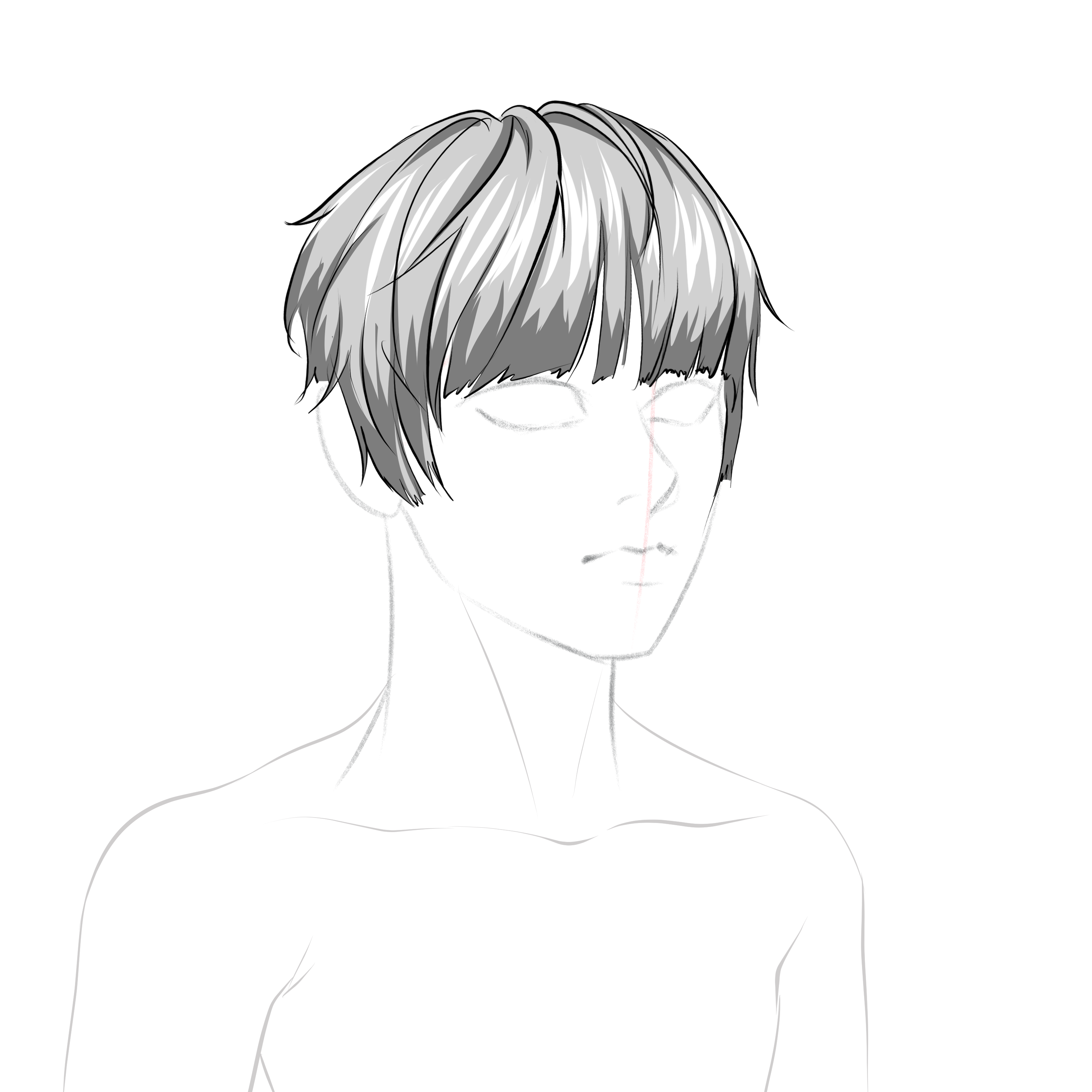You'll want to schedule salon appointments every 4-6 weeks to maintain your color's vibrancy. If you're interested in learning more about maintaining your hair's health, check out these expert hair care tips from top stylists. Professional colorists recommend this frequency to prevent excessive color fade and protect your hair's integrity between treatment
 Yes, you can get balayage on short hair! While traditional balayage techniques might need modification, your stylist can create beautiful, subtle highlights using specialized short hair options that complement your shorter style perfectl
Yes, you can get balayage on short hair! While traditional balayage techniques might need modification, your stylist can create beautiful, subtle highlights using specialized short hair options that complement your shorter style perfectlModern color preservation systems extend beyond traditional aftercare, incorporating sophisticated molecular technology that bonds to colored hair, protecting it from environmental damage and maintaining brilliance. You'll receive customized maintenance protocols that consider your specific color service, lifestyle factors, and hair characteristics, ensuring exceptional longevity of your investment in professional color service
You can safely begin professional scalp care during your teen years when hormonal changes affect oil production. For optimal results, many experts suggest visiting a web page to create a personalized treatment plan that addresses your specific scalp concerns. Early interventions are beneficial, but it's recommended to consult a dermatologist before starting any teen scalp care routin
How does one enhance hair coloring from basic application to true artistry? The evolution of hair coloring techniques in Clayton has surpassed traditional foiling methods, embracing sophisticated approaches that create seamless, natural-looking results. The latest balayage trends demonstrate a marked shift toward free-handed painting techniques that allow colorists to create subtle gradients and personalized placement. Color melting has emerged as an essential component, eliminating harsh lines and creating fluid transformations between multiple hues, resulting in dimensional, lived-in color that grows out gracefull
You'll need to set aside 2-3 hours for your balayage appointment duration. The process requires careful application and expertise from your professional hair colorist who will use precise techniques, including painting, processing, toning, and finishing to achieve your desired sun-kissed results safel
For the best results, you'll want to arrive at your appointment with slightly dirty hair, as natural oils help protect your scalp during the lightening process. After your service, wait at least 48 hours before washing your hair to allow the color to fully develop. Your stylist will provide specific aftercare instructions customized to your hair type and the services performed, confirming your balayage remains beautiful and healthy until your next visi
Just like Rapunzel's legendary locks, your chemically treated hair can regain its strength and importance with Clayton's specialized repair therapies. When you visit our team of experts at web page for professional care, you'll discover the perfect solution for your hair concerns. You'll find that regular deep conditioning treatments, protein-rich masks, and professional bond-rebuilding services will change your damaged strands into a crown of glory. Remember to maintain these restorative treatments and protect your investment by using prescribed aftercare products between salon visit
Safety is paramount when working with electric colors, as these striking hues often require stronger processing agents. Professional colorists recommend checking web page before choosing any chemical treatments. You'll want to make sure your chosen salon uses high-quality, professional-grade products and follows strict safety protocols. Many Clayton salons now offer ammonia-free options and bond-protecting treatments to maintain your hair's integrity during the coloring proces
Like playing Russian roulette with your hair, using box dye after professional color correction is extremely risky. You'll likely undo your stylist's work and create new damage. Many stylists recommend reviewing proper hair coloring techniques before attempting any at-home treatments. For best results, wait at least 8-12 weeks between any chemical processe
Climate considerations in Clayton affect scalp health notably, with humidity levels impacting oil production and potential fungal growth. You'll need to adjust your scalp care routine seasonally, using lighter products during humid summers and more moisturizing treatments during drier winter months. Professional treatments often incorporate climate-specific protocols to address these environmental factor


